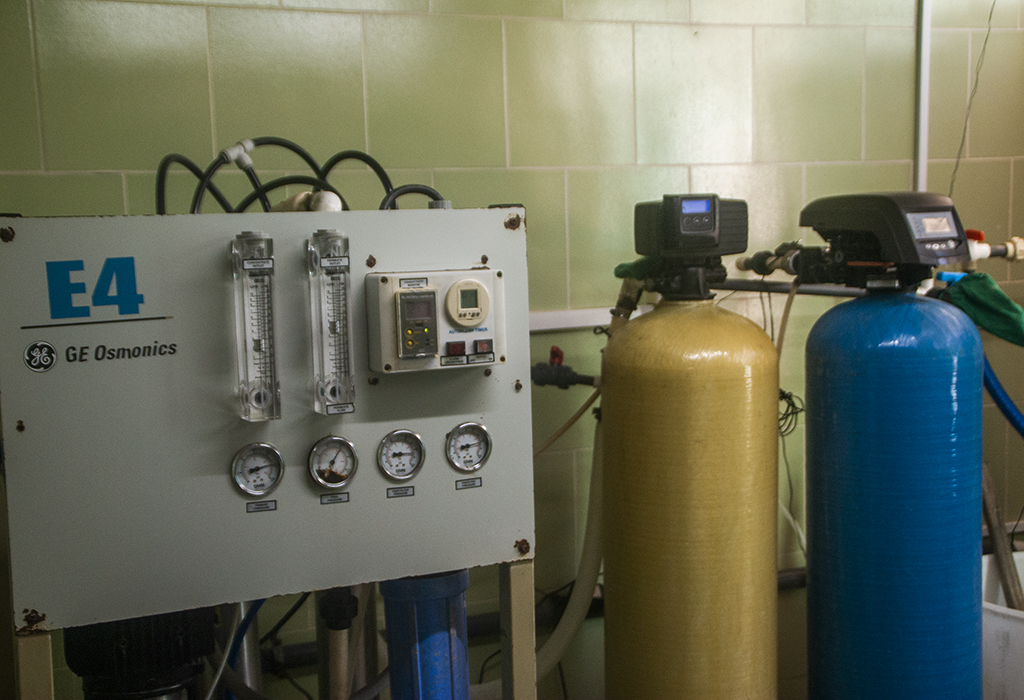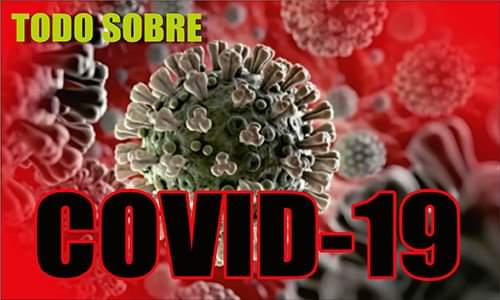
The constant noise of the machines is part of his daily routine at the water regeneration plant in the hemodialysis room of the Luis Aldana Palomino General Teaching Polyclinic with hospitalization service in “Amancio.” His name is Jorge Luis Pomares López, and he is responsible for the lives of every patient in this service.
Four men accompany this process, operating and preparing the water to be used in the treatment. Their experience allows them to know the operation of this equipment inside out; they have been doing this job for eight years. "We monitor the clocks, the conductivity, the number of liters of water being used per minute...
“Every four hours, the regeneration process is carried out in large bottles, each with its specific function, which is responsible for removing impurities and chlorine from the water used here.”

He acquired all this expertise through professional development. "I was an electrician and participated in the installation of the service. The opportunity arose to switch to this position, but I had to prepare myself and study, and that's how we ended up at the University of Medical Sciences and the Ernesto Guevara Hospital, where we trained as operators in the hemodialysis room.
“To work here, you have to like it; it involves keeping an eye on the different parameters, knowing how much water is being used per hour, and, above all, feeling committed to the lives of those who are connected to the machines.”
INSIDE THE ROOM
Liennys Mercedes Calzado París, the municipality's health director, says that they are currently working with new membranes; these are the machines to which hemodialysis patients are connected.

"They must be cleaned with citric acid to remove the salt from the water that sticks to them with use. If not, they need to be replaced with new machines.
“Thanks to the Ministry of Public Health, we obtained six new membranes; three of them were given to ‘Guevara,’ which was having problems with this equipment.”
She added that the ward currently has five artificial kidneys. Three of them are in working order, and two are out of service due to a lack of parts.
“The ministry is already aware of the situation. It is an imported part, which the country does not have, and we are waiting for it to arrive so that the repairs can be carried out.”
One characteristic of this area, according to Calzado París, is that nephrology patients are classified as yellow (with hepatitis or a virus, such as HIV) or white (those with no blood disease); therefore, there are kidneys for each group, according to their classification.
“We have seven yellow patients and two white patients; one white machine and the other two yellow machines. If we had all five kidneys working, the process could be carried out more quickly.”
To a certain extent, we have achieved health prevention, and patients take better care of themselves, especially if they have a chronic disease such as hypertension or diabetes, to avoid ending up in this area.
A little further into the room, and linked to direct patient care, Dr. Saily Gavilán Fonseca works for the service. She says they receive patients from the southern municipalities, except Jobabo. They have also had patients from the town of Sibanicú, in the province of Camagüey.

At the time of writing, they had a total of nine patients, four from “Amancio” and five from “Colombia.”
“We have all the professional skills to provide quality care, both medical and nursing staff; that is, nurses and technicians who are responsible for carrying out this important service."
Those responsible for this vital treatment feel great relief because the number of patients they treat is lower than in previous years, when they received up to 31 patients
They attribute this achievement to the preventive work carried out by health personnel so that people with chronic diseases can take better care of themselves to avoid kidney failure and the consequent hemodialysis treatment.






